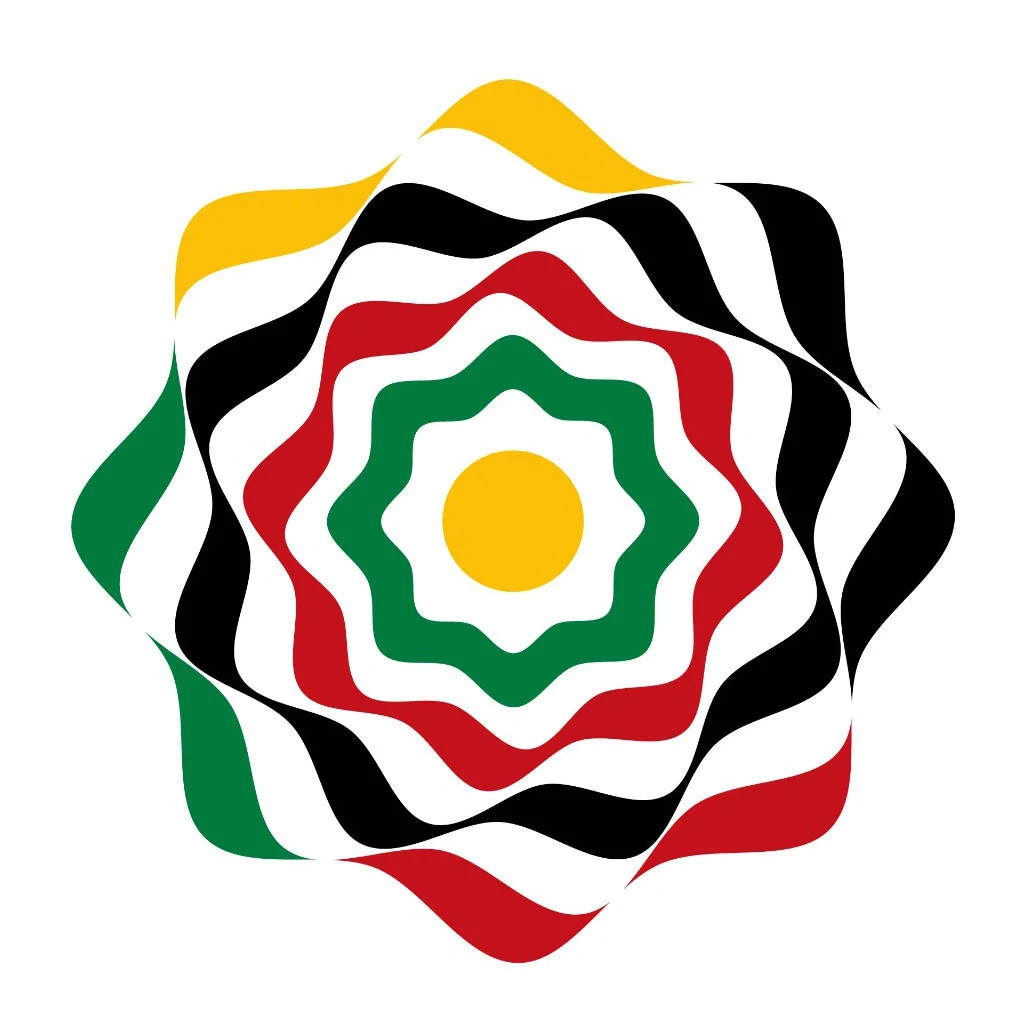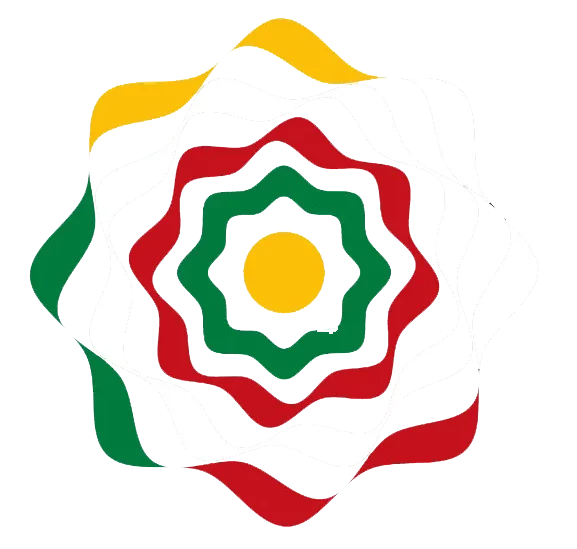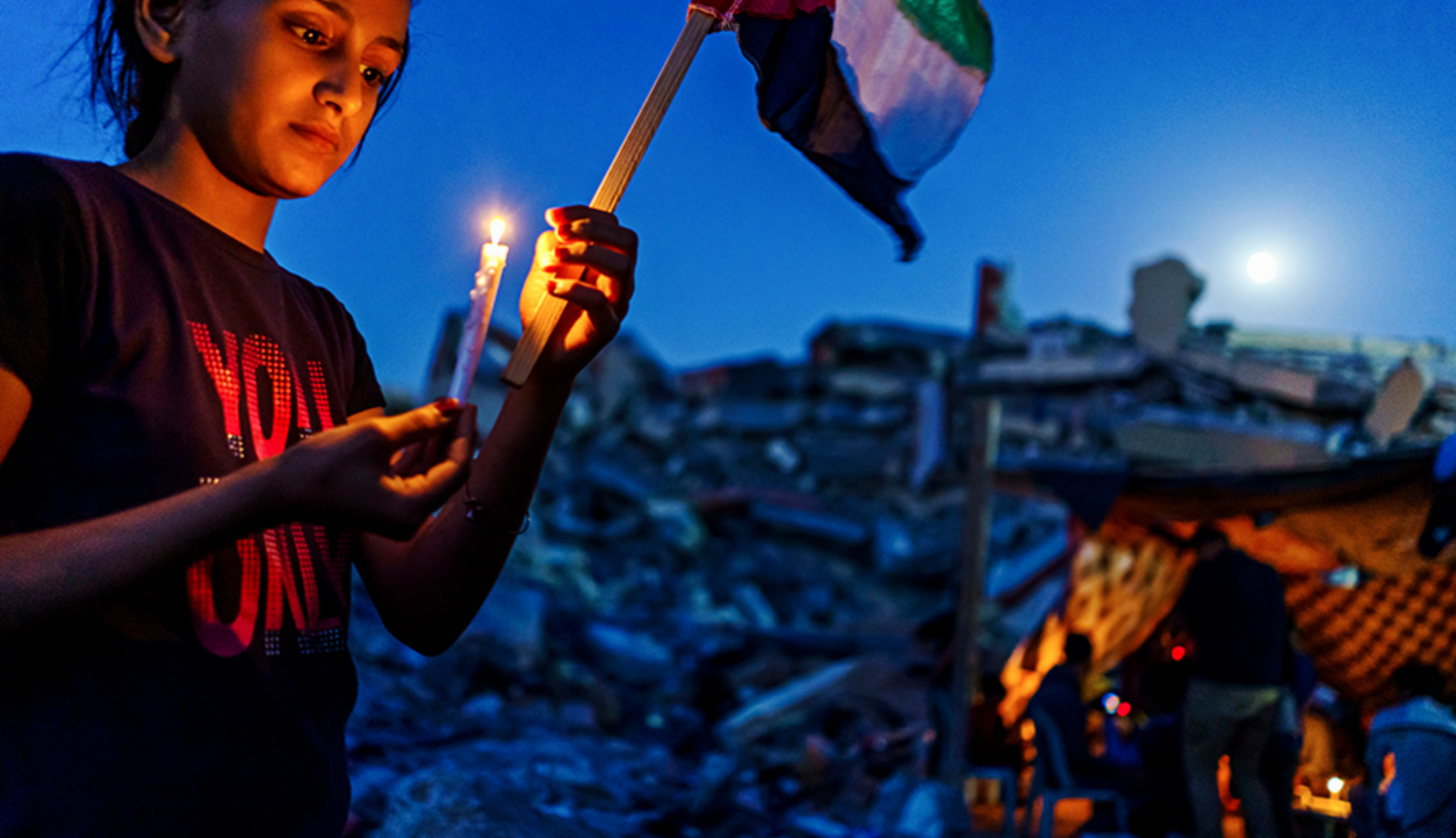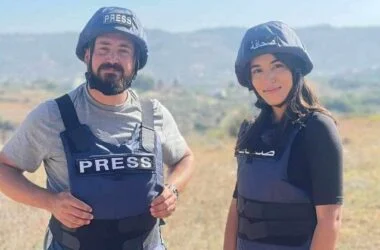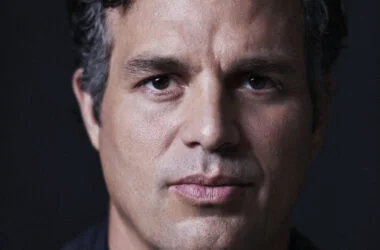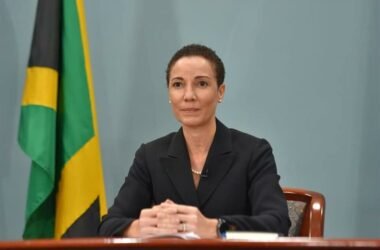History repeats itself in Palestine — regularly, inexorably, savagely. It’s always the same tragedy, and should be easy to foresee since the clues are blindingly obvious. Yet it always seems to surprise people who take media silence for acquiescence on the part of the victims. Each new crisis follows a different path, but the causes are always the same: Israel’s decades-old occupation, its denial of the basic rights of the Palestinian people, and its continued determination to drive them from their homeland.
Shortly after the June 1967 war, General de Gaulle predicted what would happen: ‘Israel is setting up, in the territories it has captured, an occupation that will inevitably involve oppression, repression and expulsions, and a resistance to this occupation is forming, which Israel in turn classes as terrorism.’ De Gaulle maintained that Israel’s ‘retaliatory’ destruction of most of the Lebanese International Airways fleet in an attack on Beirut Airport on 28 December 1968 was a disproportionate response to the PFPL (Popular Front for the Liberation of Palestine)’s hijacking of an El Al airliner two days earlier. His response was a total embargo on arms sales to Israel: another time, another worldview.
Destroying Hamas’s tunnels with powerful bombs revealed Israel’s strategic capabilities without causing any substantive damage to the enemy’s fighting abilities
Aluf Benn
The latest chapter in this constantly repeated tragedy began in Jerusalem. Its elements were familiar: 300 injured as young Palestinians who gathered each evening to celebrate the breaking of the Ramadan fast were brutally driven out of public spaces around the Damascus Gate and the Haram Al-Sharif (‘Noble Sanctuary’, Temple Mount to Jews); the area overrun by Israeli police firing tear gas and steel-cored ‘rubber’ bullets; whole families of Palestinians systematically evicted from the Sheikh Jarrah district of East Jerusalem; incursions by Jewish supremacists chanting ‘Death to the Arabs’, emboldened after an alliance of ultranationalist parties won six seats in the Knesset with the backing of Prime Minister Binyamin Netanyahu.
Later, many Israelis criticised the authorities’ ‘errors’ in violating the holy month of Ramadan, desecrating a place holy to Islam, and using violence.But were they really errors, or a sign of arrogance and contempt for those they occupied? As CNN noted (1), the authorities had little to fear: in addition to ‘technology that tracks the movement of individual cell phones, Israel is using drones to keep a close eye on movements in and around the Old City, aided by hundreds of closed-circuit television cameras, [and] thousands of armed police have been deployed to put down the current eruption of unrest, aided by police trucks that spew what Palestinians call “skunk water”, a noxious liquid sprayed at protesters, bystanders, cars, shops and houses.’
Apartheid in all but name
The Israeli authorities did not foresee the determination with which Jerusalem’s young people held their ground against the police though they weren’t politically organised in any way. The Israelis also did not reckon on them having support from Israel’s Palestinian towns and cities, from Nazareth to Umm al-Fahm, which made clear the indignation of Palestinians behind the Green Line at being treated as second-class citizens.
Anyone who had read the latest reports from the Israeli rights organisation Btselem and from Human Rights Watch, could have foreseen all this. They establish that the system of government in all of mandatory Palestine, not just the occupied territories, constitutes apartheid as defined by the United Nations. That means populations, sometimes living only a few metres apart, on the same land, who don’t have the same rights and aren’t subject to the same laws (2). This inequality produces the same results as apartheid did in South Africa: disobedience, revolt, riots.
In towns and cities inside Israel where they are a majority, Palestinians suffer from a lack of infrastructure and state investment, and a failure to tackle crime; in mixed cities, Palestinians are relegated to overcrowded neighbourhoods or driven to leave by Jewish Israelis moving in. They know that the government’s ultimate goal is to rid Israel of all non-Jews.
A young Palestinian explained his solidarity with the people of Sheikh Jarrah: ‘What is happening in Jerusalem corresponds directly with what happens in Jaffa and Haifa … There is systematic expulsion of Arab society in Israel. We have reached the boiling point. We don’t feel anybody cares whether I continue to exist. Quite the opposite. There are people acting to make me leave’ (3).
In Lod, a city of 75,000, clashes between Jews and Palestinians (a quarter of the population) have been particularly violent. The Palestinians are haunted by memories of the ethnic cleansing of 1948, when groups of armed Zionists expelled 70,000 of them (4). In a different form, it’s the same strategy, aimed at ‘finishing the job’ of driving them out. The 8,000 housing units currently under construction in Lod are all reserved for Jews and, as in Jerusalem and the West Bank, it is virtually impossible for Palestinians to get building permits, even if they have Israeli passports.
A new act in the rebellion
Act 1 ended on 10 May. The Israeli authorities were forced to pull back, at least partially. Young Palestinians took back the streets, the Al-Aqsa mosque was evacuated, and the Supreme Court, which was due to ratify the eviction of several families from Sheikh Jarrah — it is regularly called on to approve the judaisation of Palestine — postponed its ruling by a month. Even the Israeli march on 10 May to celebrate the ‘liberation’ of the city and the holy sites in 1967 was a fiasco. The route was changed to avoid Palestinian neighbourhoods, confirming the division of Israel’s ‘unified, eternal capital’ and the strength of the Palestinians: they are now 40% of the city’s population, compared with only 25% in 1967 — though their neighbourhoods get only 10% of the municipal budget (5).
The same day, after an ultimatum for Israeli police to withdraw from Jerusalem, Hamas, fired a salvo of rockets at Israeli cities, opening a new act in the rebellion. This triggered a media barrage against Hamas, portrayed as pawns of Iran whose use of violence makes a political solution impossible. When has a ‘period of calm’ (during which only Palestinians are killed, events that never makes the front pages) ever encouraged Netanyahu’s government to negotiate for a lasting peace? Nelson Mandela wrote in his memoirs that it was always the oppressor, not the oppressed, who dictated the form that the struggle would take. If the oppressor used violence, the oppressed had no choice but to respond with violence.
Neither Hamas’s violence nor the ‘terrorist organisation’ label prevented Netanyahu from making it his preferred negotiating partner rather than the Palestinian Authority (PA), hoping to drive a wedge between the two. He could then claim that it was impossible to negotiate with the Palestinians when they were divided among themselves. Yet it was Netanyahu’s government that allowed Qatar to transfer hundreds of millions of dollars to Gaza to partially rebuild the territory, under Israeli blockade since 2007 and devastated by the 2014 war (6). Some of this money no doubt enabled Hamas, with the help of Iran and Hizbullah, to reconstitute itself and rebuild its military arsenal and combat capabilities.
The Israeli army, believing it had dealt a deadly blow to Hamas during the 2014 offensive and ‘bought peace’ for a fistful of dollars, was taken by surprise when Hamas joined the battle for Jerusalem — further demonstrating Israeli arrogance and inability to understand how people under occupation feel: Jerusalem is a key part of the identity of all Palestinians, Muslim or Christian. Their houses are decorated with photos and paintings of the city, sometimes even a model of the Al-Aqsa mosque.
Palestinians reunified
The scale of the protests over the evictions in Sheikh Jarrah prompted Hamas to throw its weight behind the revolt,especially as its hope of political gains had been thwarted by PA president Mahmoud Abbas’s decision to postpone the legislative and presidential elections, for fear of losing the vote and in protest at Israel’s refusal to allow polling in East Jerusalem.
By joining the fight, Hamas has helped to reunify Palestinians — across mandatory Palestine, in the refugee camps and in the diaspora. This is clear from the success of the general strike on 18 May — the first in 30 years — by Palestinians, in Jerusalem, the occupied territories and inside Israel. It succeeded despite the political divides between Hamas and the PA, and within Fatah, the main PLO group, itself, which will determine how far Palestinians are able to consolidate their gains.
Militarily, the Israeli army did what it does best, applying the Dahiya doctrine, formulated by General Gazi Eizenkot after the 2006 war against Lebanon and named after the area of southern Beirut where Hizbullah then had its offices. The doctrine calls for the use of ‘disproportionate force’ and destruction of civilian infrastructure that could be used by enemy combatants. No other army in the world has openly formulated a doctrine of ‘state terrorism’, though some have applied one — like the US in Iraq or Russia in Chechnya.
The Israeli army had the perfect excuse: since Hamas took control of Gaza in 2007, any building used for administration, education or social welfare can be considered a legitimate target. The human cost has been high: more than 250 Palestinians dead, including more than 60 children, before a ceasefire was declared on 21 May; 1,800 wounded; 600 houses and a dozen high-rise buildings destroyed; medical centres, universities and electrical substations damaged. These statistics will interest the International Criminal Court, which now has the situation in Palestine on its agenda.
What has all this achieved? Aluf Benn, editor in chief of the Israeli daily Haaretz, called it ‘Israel’s most failed and pointless Gaza operation ever’ (7). Not only did the military fail to foresee anything at all (though they boast every time that they have ‘eradicated the terrorist organisations and their infrastructure’), but they have ‘no idea how to paralyse Hamas’ forces and throw it off balance. Destroying its tunnels with powerful bombs revealed Israel’s strategic capabilities without causing any substantive damage to the enemy’s fighting abilities.’
Worse, though the Iron Dome anti-rocket system kept the numbers killed in Israeli cities to 12, it did not prevent massive disruption to daily life, with people forced to take refuge in air-raid shelters even in Tel Aviv and Jerusalem. Rockets and missiles are changing the nature of conflict. No town in Israel is now out of range, as became clear during the 2006 war against Hizbullah. It’s easy to imagine that future wars will be fought on multiple fronts — in Gaza, Lebanon, and even Yemen, where the Houthis have threatened to direct their significant missile firepower (used in retaliation for Saudi air strikes) against Israel.
Israel is setting up, in the territories it has captured, an occupation that will inevitably involve oppression, repression and expulsions, and a resistance to this occupation is forming, which Israel in turn classes as terrorism
General de Gaulle
Observers noted Hamas’s increased capabilities during the 2014 war, and they have further increased. As Zvi Bar’el wrote in Haaretz (8): ‘The many senior Hamas leaders the IDF has killed [demonstrate] that Hamas isn’t some “ephemeral organization”, as many analysts have claimed. Some of these men held impressive positions — the Gaza City brigade commander, the head of Hamas’ cyber unit and missile development, the head of the projects and development department, the head of the engineering department, the commander of military intelligence’s technical department and the head of industrial equipment production. This is a budgeted, hierarchical and organised army, whose members have the relevant professional education and know-how to manage infrastructure for both survival and offensives.’ Killing a few Hamas commanders won’t change anything: a new generation of fighters and commanders is already emerging, driven by even greater anger towards Israel.
It is not only Palestinians who are angry. Across the Arab world, support for their cause has never been greater since the second intifada (2000-05). Hundreds of thousands marched in Yemen and Iraq — it’s ironic that one of the objectives of the US invasion of Iraq in 2003 was to encourage the establishment of diplomatic relations between Iraq and Israel. There have also been demonstrations in Lebanon, Jordan, Kuwait, Qatar, Sudan and Morocco. Far from being marginalised by the Abraham accords between Israel, the United Arab Emirates and Bahrain (9), the Palestinian question is still a core part of Arab identity. Israel’s hopes of normalising relations with Saudi Arabia and Mauritania have (temporarily) been thwarted. Even in Egypt, anger has been expressed on social media and in the official press. And Liverpool FC forward Mo Salah’s tweet in support of the Palestinians has been widely shared.
‘This is not neutral language’
Though sidelined by western diplomats, Palestine is again centre stage. No other cause since the struggle against apartheid in South Africa has drawn such large protests all over the world. In the US, many Democrats have taken issue with Joe Biden’s shamefaced complicity, using unpublishable language. Some on the left have talked of ‘occupation’, ‘apartheid’ or ‘ethnic nationalism’. US Representative Alexandria Ocasio-Cortez tweeted on 13 May, ‘By only stepping in to name Hamas’ actions — which are condemnable — & refusing to acknowledge the rights of Palestinians, Biden reinforces the false idea that Palestinians instigated this cycle of violence. This is not neutral language. It takes a side — the side of occupation.’ The day before, she was one of 25 Democrats who called on Secretary of State Anthony Blinken to bring pressure to bear on the Israeli government to halt the eviction of nearly 2,000 Palestinians from East Jerusalem. Marie Newman tweeted, ‘We must defend human rights everywhere.’ But despite popular demonstrations in support of Palestine, Europe, and notably France, has aligned itself with Israel and its rhetoric of the ‘war on terror’ and ‘legitimate defence’.
Questions remain. Will the ceasefire last? What will happen to the families threatened with eviction from Sheikh Jarrah? Will the PA survive its political bankruptcy? Hard to say, but this is definitely not the last act in the drama. Palestinians, wherever they live, have once again shown they are determined not to be erased from the diplomatic and geographical map. Do we have to wait for the next crisis, with all its destruction, death and suffering, to realise that?
In 1973, after the failure of their diplomatic efforts to retrieve territories occupied by Israel in 1967, Egypt and Syria launched the October war against Israel. France’s foreign minister Michel Jobert asked, ‘Is trying to get home an act of aggression?’ One might now ask if it is an act of aggression when Palestinians try to assert their rights.
*Alain Gresh is a journalist and director of Orient XXI and Afrique XXI. This article was originally published in Le Monde Diplomatique, an allied publication that has granted authorization for the republication of Mr. Gresh’s article.
Translated by Charles Goulden
